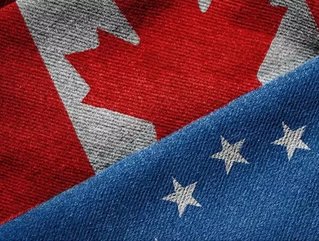Canada's free trade agreement with the EU: all you need to know

Justin Trudeau has finally agreed a date for Canada’s free trade agreement with European Commission President Jean-Claude Juncker, with the deal set to come into effect from 21st September.
The agreement is set to increase trade between the two regions by a fifth and represents a big globalization move at a time when populist governments are looking inwardly at trade and production.
Here are the key details:
- The deal is officially called the Comprehensive Economic and Trade Agreement (CETA).
- CETA will cut 98% of tariffs between the two countries, consequently boosting trade and investment.
- EU firms will be able to bid for public contracts in Canada and will also be able to provide goods and services at federal, provincial and municipal level – the first time this will be possible.
- The EU and Canada have put the environment at the centre of the deal, with the aim to ensure that economic growth, social development and environmental protection reinforce each other.
- The European Parliament voted in favour of CETA in February this year, with Canada’s cabinet quickly following suit in May.
- The next final stage before the September launch date can be confirmed is the ratification from individual parliaments within the EU. Up to now, Latvia, Denmark, Spain and Croatia have approved CETA.
- It’s projected that CETA will add 20% on to the currently $88bn worth of trade between the two zones.
"It's good news for the globe to look at examples of progressive trade deals that take into account a government's responsibility to be able to protect its citizens, protect labour standards and protect the environment,” said Trudeau.
See also:
- Top 10 CEOs at the helm of Canada’s biggest companiesLeadership & Strategy
- Top 10 sustainable companies in the US and CanadaSustainability
- Coinbase in Canada: Providing citizens with simpler cryptoCorporate Finance
- US & Canada key markets for airline service leader SwissportLeadership & Strategy






